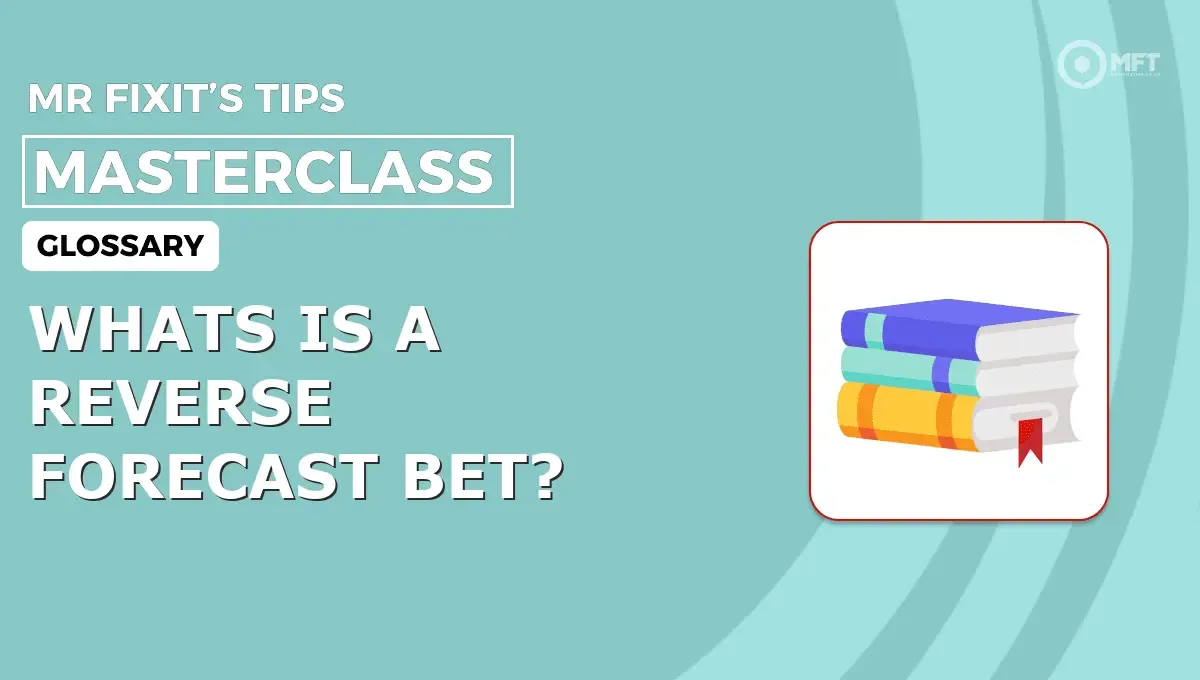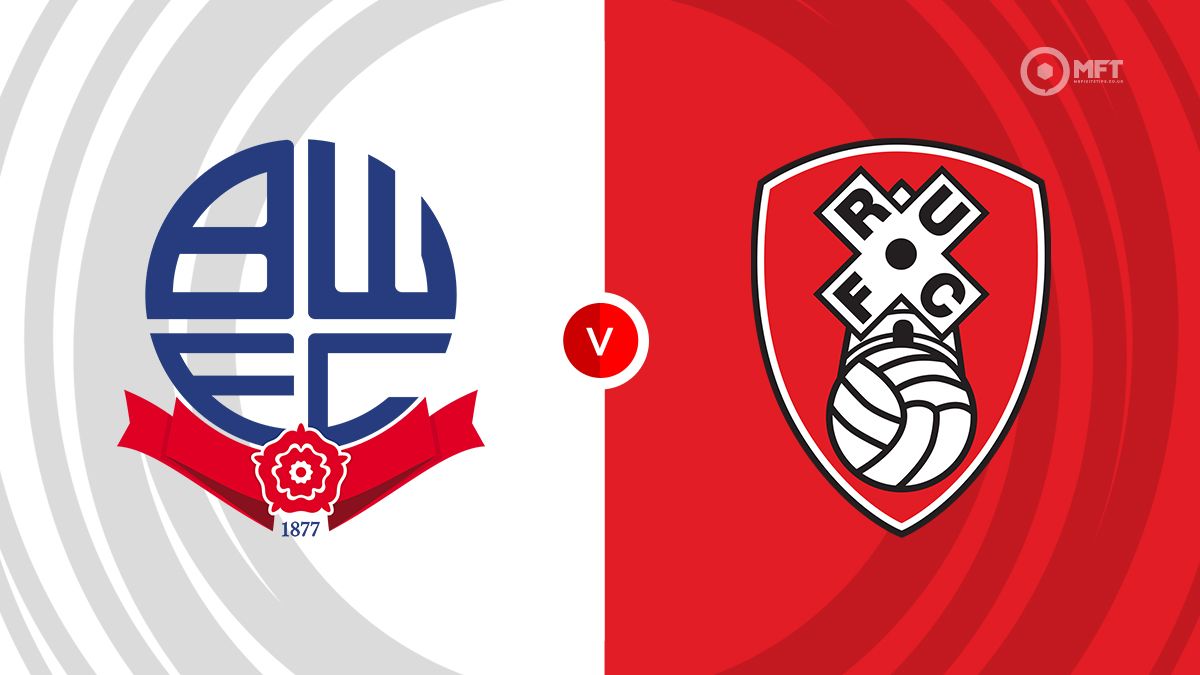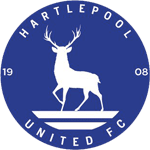What is a reverse forecast bet meaning?
A reverse forecast bet is a wager where you select two participants to finish first and second in any order, essentially covering both possible combinations. It's like placing two straight forecast bets simultaneously, doubling your stake but giving you twice the chance of winning.
Why reverse forecast betting is important in sports betting?
- Provides flexibility when you're confident about the top two finishers but unsure of their exact order
- Offers better value than backing selections individually when you spot market inefficiencies
- Reduces risk compared to straight forecasts while maintaining attractive returns
Ready to master this betting strategy that's more flexible than a yoga instructor? Let's dive into the nitty-gritty of reverse forecast betting.
What is a reverse forecast bet?
Think of a reverse forecast as the betting equivalent of having your cake and eating it too. You're backing two selections to finish first and second, but you don't need to worry about getting the order spot-on. Whether Horse A beats Horse B or vice versa, you're still quids in.
This bet type is particularly popular in horse racing and greyhound racing, where predicting the exact finishing order can be trickier than solving a Rubik's cube blindfolded. Instead of sweating bullets over whether your fancy will pip your second choice at the post, you can relax knowing either scenario bags you a winner.
The mechanics behind the madness
Here's where it gets interesting. A reverse forecast isn't actually one bet, it's two bets masquerading as one. When you place a £20 reverse forecast, you're effectively putting down two £10 straight forecasts covering both possible outcomes.
Important stake consideration
Remember, your stake automatically doubles with a reverse forecast. A £10 reverse forecast actually costs £20 because you're covering both finishing orders. Don't let this catch you off guard when calculating your potential returns.
How reverse forecast betting works
Let's paint a picture with a proper example. You're eyeing up the 3:30 at Cheltenham and fancy two horses: “Dancing Queen” and “Bohemian Rhapsody” (yes, I'm showing my age here). You're convinced these two will finish in the top two spots, but you're not sure which one will edge it.
With a reverse forecast bet, you're covered for both scenarios. If Dancing Queen wins with Bohemian Rhapsody second, you win. If Bohemian Rhapsody takes the honours with Dancing Queen as runner-up, you still win. It's like having a betting safety net that actually works.
Calculating your returns
The beauty of reverse forecast betting lies in the fixed-odds structure. Unlike the tote where dividends fluctuate, bookmakers offer set odds for reverse forecasts. This means you know exactly what you'll collect before placing your bet.
| Bet Type | Stake Required | Winning Scenarios |
|---|---|---|
| Straight Forecast | £10 | 1 (exact order) |
| Reverse Forecast | £20 | 2 (either order) |
Why use a reverse forecast bet?
The million-pound question is when to deploy this weapon in your betting arsenal. It's not just about covering your bases, it's about spotting value where others might miss it.
Value hunting opportunities
Reverse forecasts shine when you've identified two selections that the market has undervalued. Perhaps the favourite is priced correctly, but you reckon the third and fourth favourites are actually better value than the second choice. This is prime reverse forecast territory.
You might also use this bet when you're confident about the top two but the market is tight on favouritism. Rather than trying to pick the winner outright, you're essentially saying “these two are miles ahead of the rest, I just don't know which one will shade it.”
💡Expert Tips: Field size matters enormously with reverse forecasts. The bigger the field, the juicier the returns because it's harder to nail the first two finishers. A 20-runner handicap will offer much better value than a 6-runner affair.
Where to place reverse forecast bets
Most major bookmakers offer reverse forecast betting, though availability can vary depending on the race and timing. The bigger the meeting, the more likely you'll find this market available.
Bookmaker options
- Traditional bookmakers: Betfair Sportsbook, Paddy Power, William Hill all offer reverse forecasts on major racing
- Betting exchanges: Betfair Exchange provides reverse forecast markets, though liquidity can be thin until closer to race time
- Specialist platforms: Some smaller operators like AK Bets and Pokerstars also offer these markets
Timing considerations
Exchange markets for reverse forecasts often lack liquidity early in the day. If you want to bet hours before a race, traditional bookmakers or betting shops are your best bet. Exchange markets typically come alive in the final hour before racing.
Variations and related bets
The forecast family extends beyond the reverse forecast, and understanding these variations helps you pick the right tool for the job.
Straight forecast vs reverse forecast
A straight forecast demands perfection – you need to nail the exact 1-2 finishing order. It's cheaper (single stake) but less forgiving. Think of it as the difference between threading a needle and hitting a dartboard.
Combination forecasts
These involve three or more selections, covering all possible first and second combinations. With three selections, you're placing six bets, so your stake multiplies accordingly. It's more comprehensive but significantly more expensive.
International terminology
Different countries use different terms for similar bets. In North America, you might hear “Exacta” (straight forecast) or “Quinella” (reverse forecast). Same concept, different name – like calling it football instead of soccer.
Risk management with reverse forecasts
Like any betting strategy, reverse forecasts aren't bulletproof. Understanding the risks helps you use them more effectively.
Common pitfalls
- Overconfidence bias: Just because you fancy two horses doesn't mean they'll both finish in the top two
- Field size misjudgment: Small fields offer limited value, while huge fields can be unpredictable
- Stake confusion: Remember you're betting double your intended stake
💡Expert Tips: If one of your selections becomes a non-runner, your reverse forecast typically becomes a single bet on the remaining selection at Starting Price. Always check the specific terms with your bookmaker.
Quiz – Test your knowledge about reverse forecast betting
1. What happens to your stake when you place a reverse forecast bet?
Answer: It doubles because you're effectively placing two straight forecast bets.
2. In a reverse forecast, do you need to predict the exact finishing order?
Answer: No, your two selections can finish first and second in either order.
3. Which offers better value: a reverse forecast on a 8-runner race or a 16-runner race?
Answer: The 16-runner race, as it's harder to predict the top two finishers.
4. What's the difference between a reverse forecast and a combination forecast?
Answer: A combination forecast involves three or more selections, covering all possible first and second combinations.
5. If you place a £5 reverse forecast and one selection becomes a non-runner, what happens?
Answer: Your bet typically becomes a single bet on the remaining selection at Starting Price.
Master your betting strategy
Ready to take your betting to the next level? Explore our comprehensive guides on advanced betting strategies and bankroll management to complement your reverse forecast knowledge.































 GambleAware
GambleAware